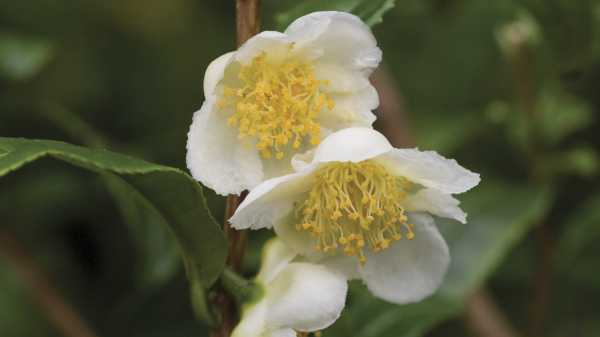
A new sunscreen made from pollen from the tea family of plants is about as effective as existing sunscreens, according to a new study (Image credit: FlowerPhotos/Universal Images Group via Getty Images)
A new study has found that pollen-based sunscreen could protect beachgoers from sunburn and minimize damage to coral reefs.
Researchers found that a gel made from camellia (Camellia sinensis) pollen blocks UV radiation similarly to existing commercial sunscreens, such as those based on oxybenzone or octinoxate. However, unlike these traditional sunscreens, the pollen-based gel did not cause coral bleaching in laboratory experiments. Coral bleaching is a process in which corals expel their symbiotic algae, making them more vulnerable to environmental stress.
You may like
-
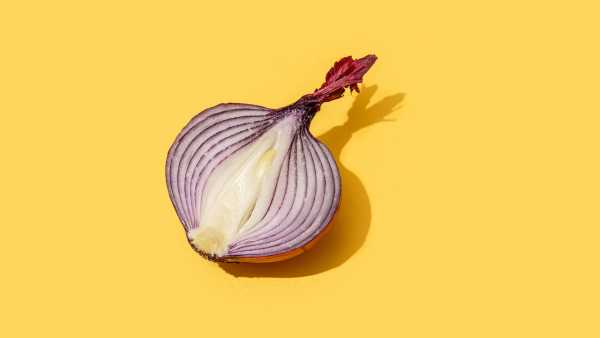
Scientists have turned to red onions to improve solar cells, which could make solar energy more sustainable.
-
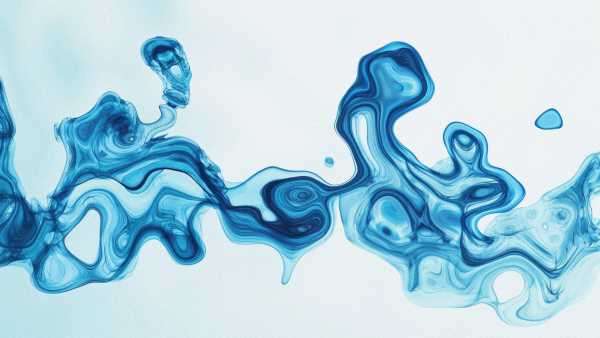
Scientists convert 'forever chemicals' in water into fluoride using new process
-
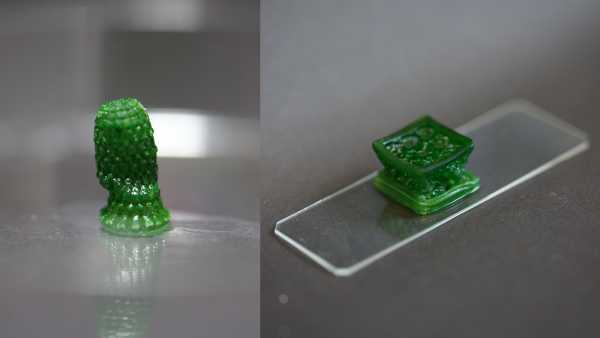
Scientists have invented a photosynthetic “living” material that sucks CO2 from the atmosphere.
Researchers estimate that between 4,000 and 14,000 tons (3,600 and 12,700 metric tons) of UV-filtering compounds from chemical sunscreens enter the ocean annually, peaking during the tourist season. These compounds, including oxybenzone, octacrylate, and octinoxate, accumulate in the environment and are known to cause coral bleaching. Mineral sunscreens, such as zinc oxide and titanium oxide, are thought to have less impact on aquatic animals, but scientists are still studying their effects.
“We wanted to develop an affordable and effective natural sunscreen that is hypoallergenic and environmentally friendly,” said study co-author Nam-Joon Cho, a materials scientist at Nanyang Technological University in Singapore.
In a recent study published September 4 in the journal Advanced Functional Materials, Cho and his colleagues attempted the same thing with pollen from plants in the tea family. “We know that pollen is inherently UV-resistant because its shell is designed to protect the interior from harsh environmental conditions, including sunlight,” Cho said in a statement. Because camellia flowers are self-pollinating, their pollen is generally considered hypoallergenic.
The team prepared water-based gels from pollen isolated from camellia and sunflower (Helianthus annuus) flowers. They then tested how well these gels blocked ultraviolet radiation, including UVA and UVB wavelengths—the UV rays emitted by the sun and tanning beds that damage skin.
RELATED STORIES
—How does sunscreen work?
— 'Extremely unusual': Highest ocean temperature in 400 years threatens the Great Barrier Reef
— Scientists propose using pollen to produce paper and sponges.
The researchers found that both gels absorbed ultraviolet rays, but the camellia gel absorbed more UVB rays—shortwave rays that primarily cause sunburn and skin cancer—than the sunflower gel. Tests on mice showed that both gels prevented skin damage from UV exposure for several minutes a day. Mice that did not receive sunscreen had thinner skin after the same exposure.
Sunscreen with camellia pollen had a sun protection factor (SPF) of about 30, while sunscreen with sunflower pollen had an SPF of about 5. When applied to a person's forearm, camellia pollen even kept that person's skin 9 degrees Fahrenheit (5 degrees Celsius) cooler in the sun than skin with a chemical sunscreen applied.
Scientists also investigated how these sunscreens might affect corals. They added samples of a commercial chemical sunscreen, as well as gels containing camellia and sunflower extracts, to salt tanks containing a type of hard coral called Acropora. Corals treated with regular sunscreen began bleaching within two days and had completely turned white within two weeks. However, corals treated with pollen-based sunscreens did not bleach even after two months.
“These are just first steps, but they're really important first steps,” Downs said. The next steps could include assessing the pollen-based sunscreen's toxicity to other wildlife in the wild, followed by safety testing in humans, Downs added. But if those tests are successful, “this could be a commercial product in five to eight years.”
Disclaimer
This article is for informational purposes only and does not provide any treatment or skin care recommendations.

Skyler Ware, Social Links Navigator, Live Science Contributor
Skyler Ware is a freelance science journalist covering chemistry, biology, paleontology, and earth sciences. She was a 2023 AAAS Fellow at Science News. Her work has also appeared in Science News Explores, ZME Science, and Chembites, among others. Skyler holds a PhD in chemistry from the California Institute of Technology.
You must verify your public display name before commenting.
Please log out and log back in. You will then be asked to enter a display name.
Exit Read more
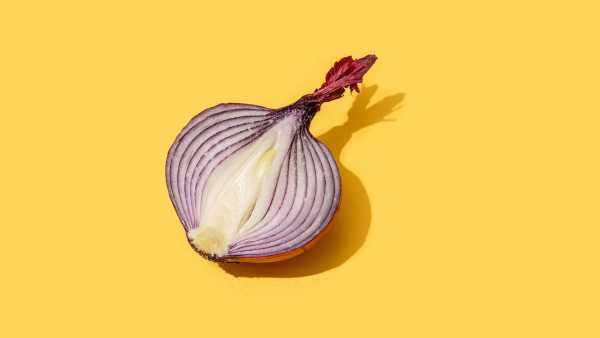
Scientists have turned to red onions to improve solar cells, which could make solar energy more sustainable.
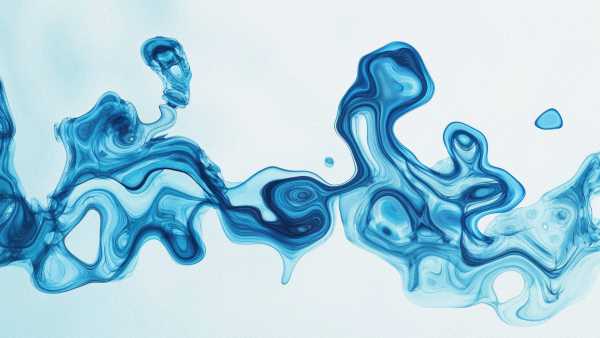
Scientists convert 'forever chemicals' in water into fluoride using new process
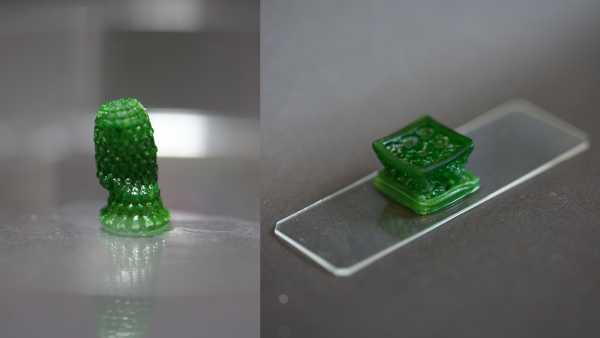
Scientists have invented a photosynthetic “living” material that sucks CO2 from the atmosphere.

Keratin Derived from Sheep's Wool Restores Teeth in Breakthrough
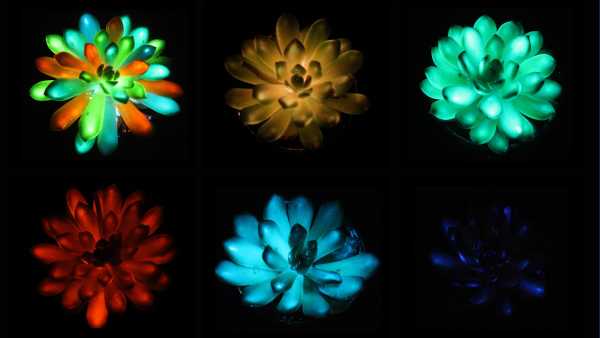
Chinese scientists have created multi-colored succulents that glow in the dark and are charged by sunlight.
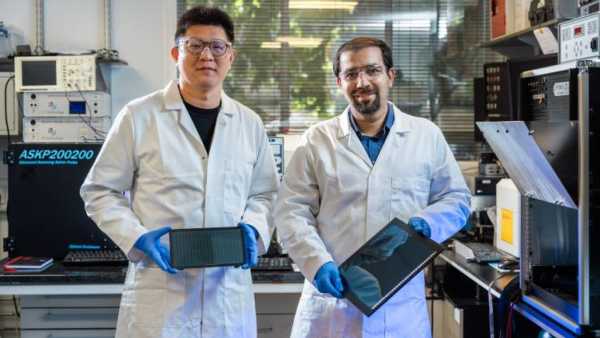
Your household gadgets may soon be battery-free—scientists have created tiny solar cells that can be powered by indoor light.
Latest news in the healthcare sector

The tragic death of gene therapy, which halted the field for a decade, occurred on September 17, 1999.
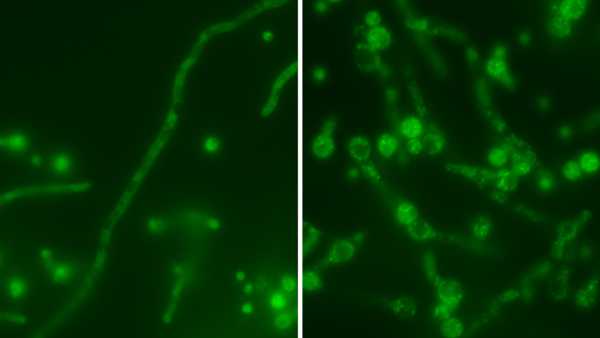
The “Russian Matryoshka” virus is hidden inside a deadly fungus, making it even more dangerous to humans.

Early research suggests that changing your diet may help treat brain cancer.
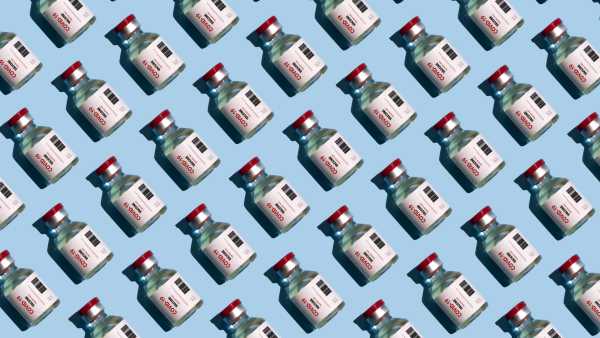
Have you gotten vaccinated against COVID this year?
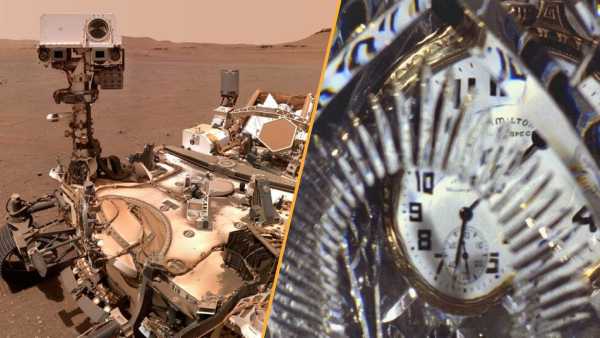
Science news this week: NASA finds compelling evidence of life on Mars, and scientists invent visible time crystals
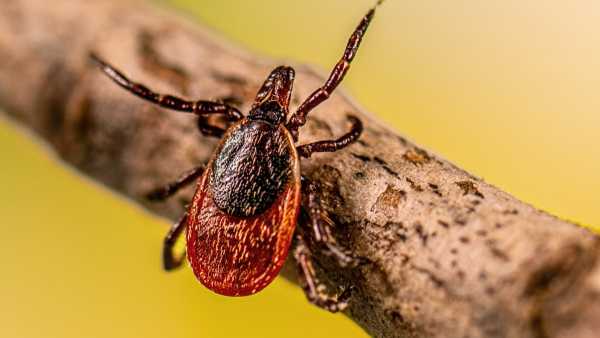
'Your concerns are well-founded': How human activity has increased the risk of tick-borne diseases like Lyme disease
Latest news
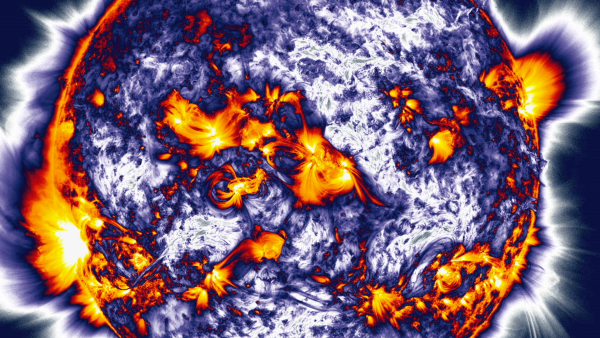
'The Sun is slowly waking up': NASA warns that extreme space weather could become even more extreme in the coming decades
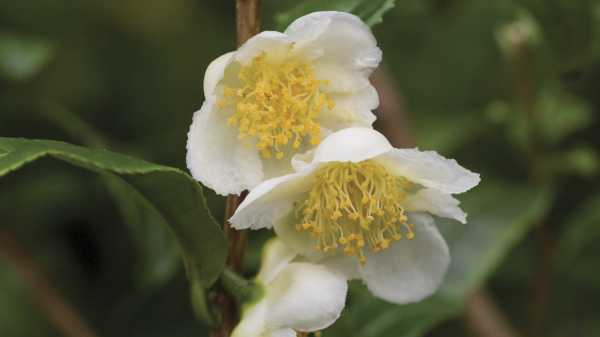
Scientists have invented a new sunscreen made from pollen.

An anthropologist claims the hand positions on a 1,300-year-old Mayan altar have a deeper meaning.
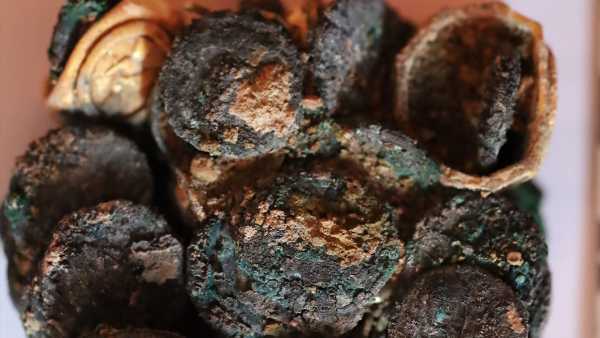
A 1,900-year-old 'treasure' has been discovered in the burnt-out home of a Roman family in Romania.
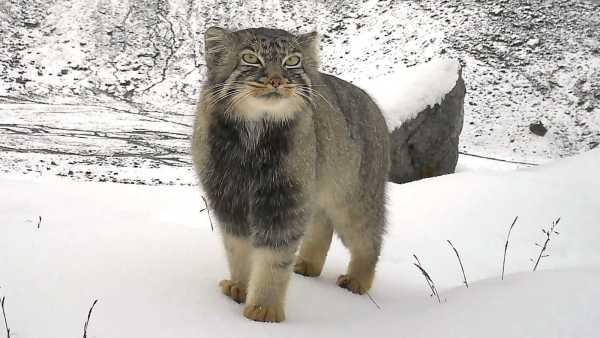
A grumpy Pallas's cat has been captured in a stunning camera trap photo from the Eastern Himalayas.

A skyscraper-sized asteroid previously predicted to hit us in 60 years will fly past Earth on Thursday (September 18) – and you can see it live.
LATEST ARTICLES

An anthropologist claims the hand positions on a 1,300-year-old Mayan altar have a deeper meaning.
Live Science magazine is part of Future US Inc., an international media group and leading digital publisher. Visit our corporate website.
- About Us
- Contact Future experts
- Terms and Conditions
- Privacy Policy
- Cookie Policy
- Accessibility Statement
- Advertise with us
- Web notifications
- Career
- Editorial Standards
- How to present history to us
© Future US, Inc. Full 7th Floor, 130 West 42nd Street, New York, NY 10036.
var dfp_config = { “site_platform”: “vanilla”, “keywords”: “type-news-trending,serversidehawk,videoarticle,van-enable-adviser-
Sourse: www.livescience.com





